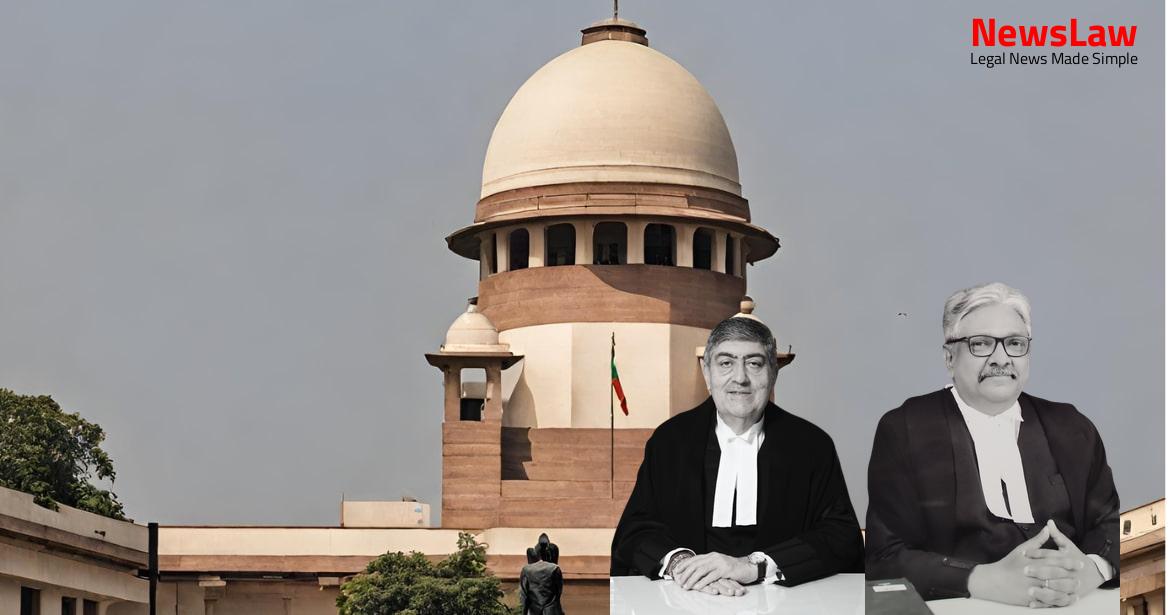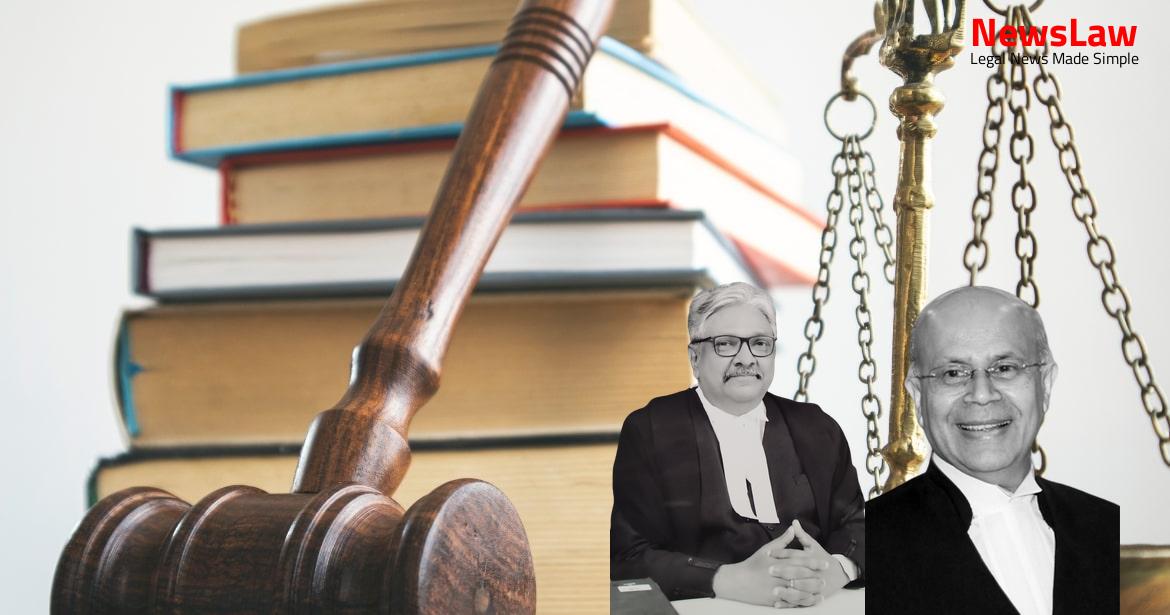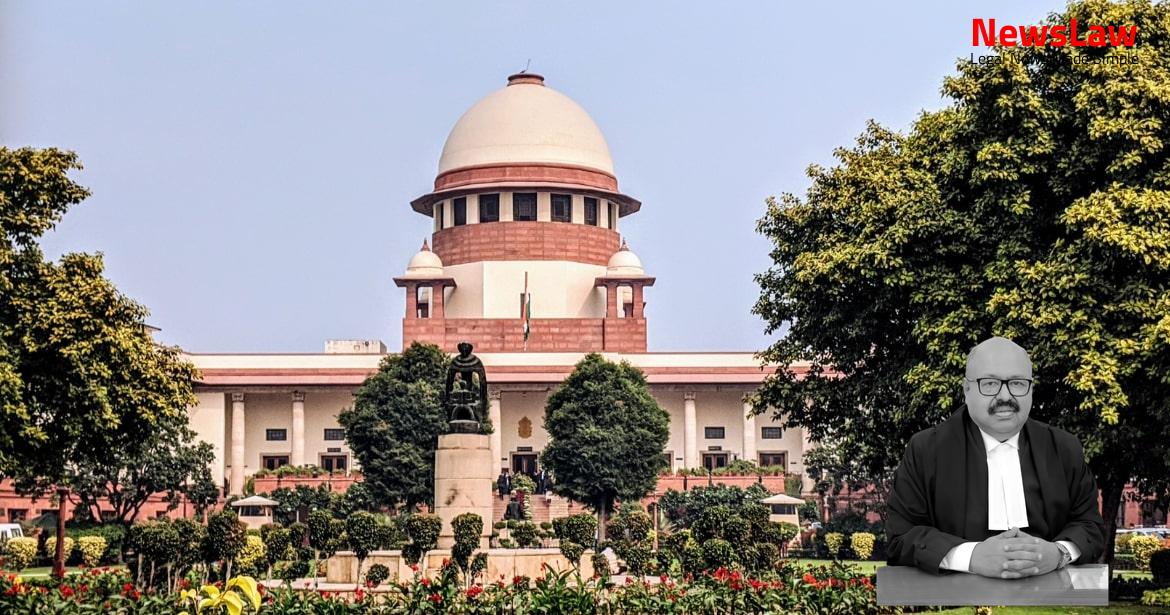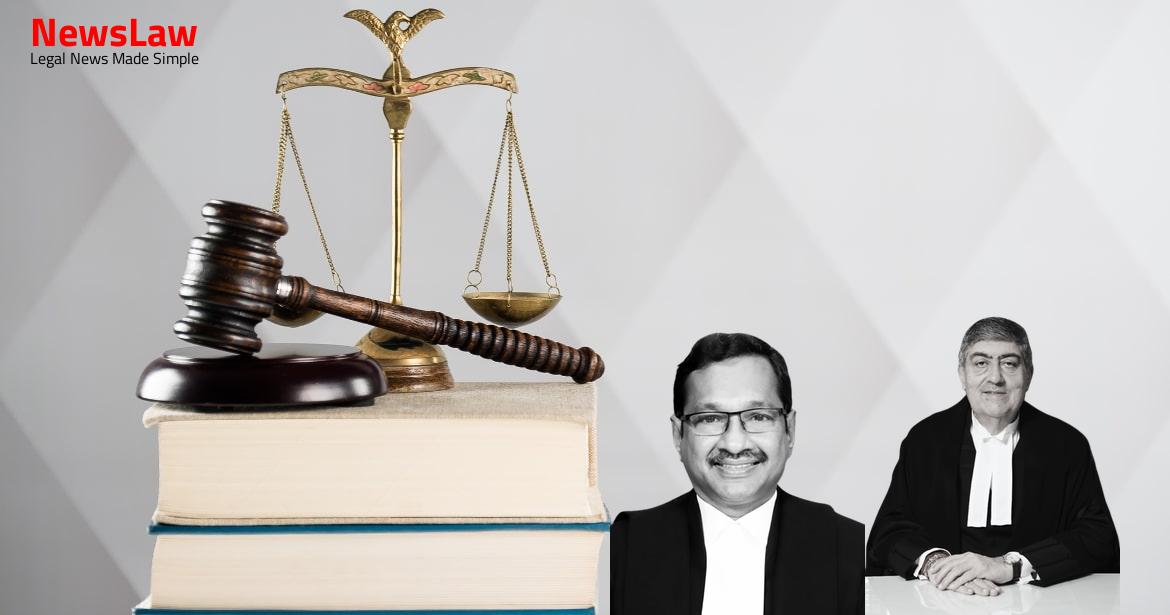In a landmark ruling, the Supreme Court of India has provided a judgment on the case of Resham Singh v. State of India, focusing on the discrepancies in eyewitness testimonies. The case delves into the complexities of assessing ocular and medical evidence in legal disputes. The Court’s decision carries significant implications for the interpretation of conflicting accounts in the legal realm.
Facts
- Swarn Singh lodged a complaint which led to the trial.
- The doctor, PW3, did not support the prosecution’s case.
- Darshan Singh had a country-made pistol.
- The complaint stated that the tractor’s lights were on.
- The prosecution claimed that the accused blocked the tractor’s way and fired while standing in front of it.
- There was inconsistency between ocular and medical evidence.
- Pahalwan Singh and Darshan Singh fired with their country-made pistol, while Veer Singh used a sharp-edged weapon.
- The accused fled in a bullock cart after the incident.
- The relatives of the deceased who were also present did not sustain any injuries.
- Charges were framed under various sections of the IPC and Arms Act.
- A witness turned hostile and did not support the prosecution’s version.
- PW2 deposed that Resham Singh climbed up to the tractor and fired the shot causing injury to the deceased.
- Resham Singh and Darshan Singh were acquitted of the charge under Section 25 of the Arms Act.
- The incident occurred at 05:30 P.M.
- Statements of the accused were taken under Section 313 of the Cr.PC.
- High Court acquitted the accused despite the conviction by the Trial Court.
- Recovery of weapons can be acted upon.
- No material inconsistency between the evidence of PW1 and PW2.
- High Court cited material variations in the evidence of PWs 1 and 2 as a reason for acquitting the accused.
- PW2 was a distantly related witness and not non-partisan.
- PW4, mentioned by the complainant, traveled with him on the tractor.
- Explanation by Trial Court regarding the statement of PW1 about the distance of the shots fired.
- The High Court did not find the recovery of weapons to be vitiated.
Also Read: Analyzing Legal Reasoning in a Poisoning Death Case
Arguments
- The learned counsel for the State highlighted that Accused-Resham Singh fired the shot which hit the deceased from behind, as per the evidence of PW1 and medical findings.
- PW1, who was the son of the deceased, was only 17 years old at the time of the incident.
- The State counsel argued that there was no actual inconsistency between the ocular evidence of PW1 and the medical evidence.
- The accused have been reminded of the year of the incident being 1992.
- There was no motive established.
- Four persons were traveling on the tractor, but only the deceased was injured.
- The High Court’s reasoning that none of the relatives suffered injuries is countered by the argument that it would be unnatural for them to remain in place when faced with armed assailants.
- The inconsistency between ocular and medical evidence was discussed, with emphasis on the precedence of ocular evidence unless completely rendered impossible by medical or scientific evidence.
Also Read: Chhabildas v. State of Maharashtra: Land Reservation and Acquisition Case
Analysis
- There are inconsistencies between the testimonies of PW1 and PW2 regarding who wrote the report and the sequence of events.
- The High Court raised doubts about the credibility of the eyewitness accounts due to discrepancies in the evidence.
- The medical evidence did not fully support the prosecution’s version of the events, casting further doubt on the eyewitness testimonies.
- Issues were raised about the recovery of weapons and the lack of mention of specific acts by accused individuals in the FIR.
- The involvement of all accused individuals was not clearly established during the trial.
- Contradictions were noted in the statements regarding the tractor’s lights and the sequence of events leading to the deceased’s injuries.
- The High Court questioned the consistency of the prosecution’s narrative with the medical evidence.
- The failure to examine key witnesses, such as the deceased’s wife, raised concerns about the completeness of the investigation.
- The High Court highlighted the need for substantial reasons to overturn an acquittal, especially when dealing with conflicting evidence.
- Overall, the judgement of the High Court was deemed reasonable given the uncertainties and discrepancies in the case.
- In cases of contradiction between medical evidence and ocular evidence, the ocular testimony of a witness is given greater evidentiary value.
- When medical evidence makes the ocular testimony improbable, it becomes a relevant factor in the evaluation of evidence.
- The consistency, inherent probability, and credibility of evidence must be carefully evaluated.
- The court has the discretion to choose the more objective or probable opinion among differing medical opinions.
- The value of medical evidence is corroborative and not conclusive.
- The credibility of eyewitnesses should not be prejudged based solely on medical evidence.
- High Court interference with an acquittal order may be justified in cases of perversity, improper conduct, or fraud.
- The scope of interference by the Supreme Court under Article 136 of the Constitution is limited to specific circumstances.
- If a medical opinion lacks logic or objectivity, the court is not obliged to rely on it.
- The limited jurisdiction of the Court was considered in light of the order of acquittal by the High Court.
- The appellant failed to present sufficient evidence to justify interfering with the High Court’s judgment.
- The nature of the limited jurisdiction was emphasized throughout the discussion.
Also Read: Analysis of Circumstantial Evidence in Criminal Case
Decision
- The appeals were dismissed.
- The decision was upheld.
- Reasons for dismissal were provided.
Case Title: THE STATE OF UTTARAKHAND Vs. DARSHAN SINGH
Case Number: Crl.A. No.-001856-001856 / 2013



